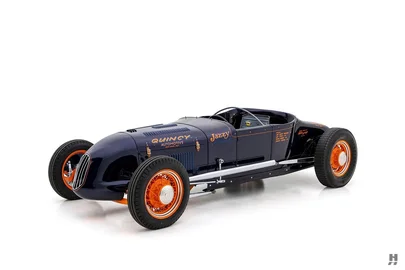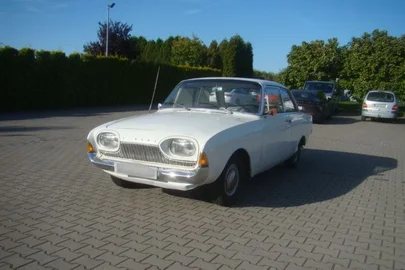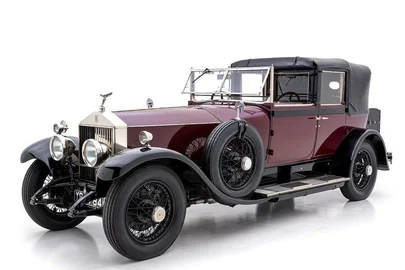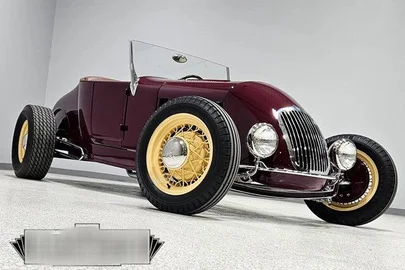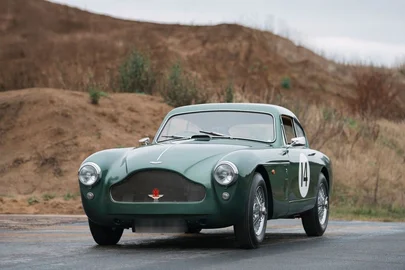
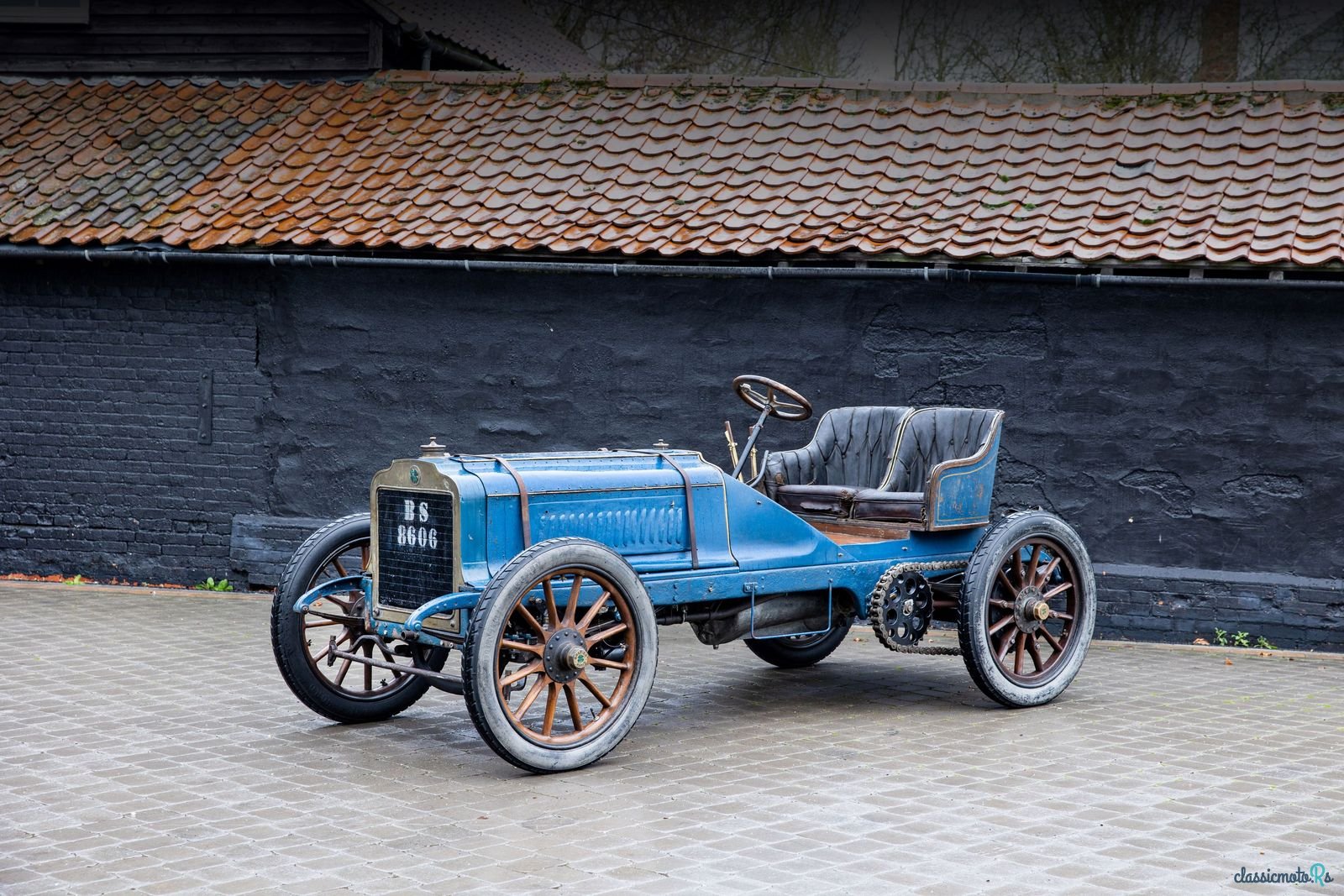
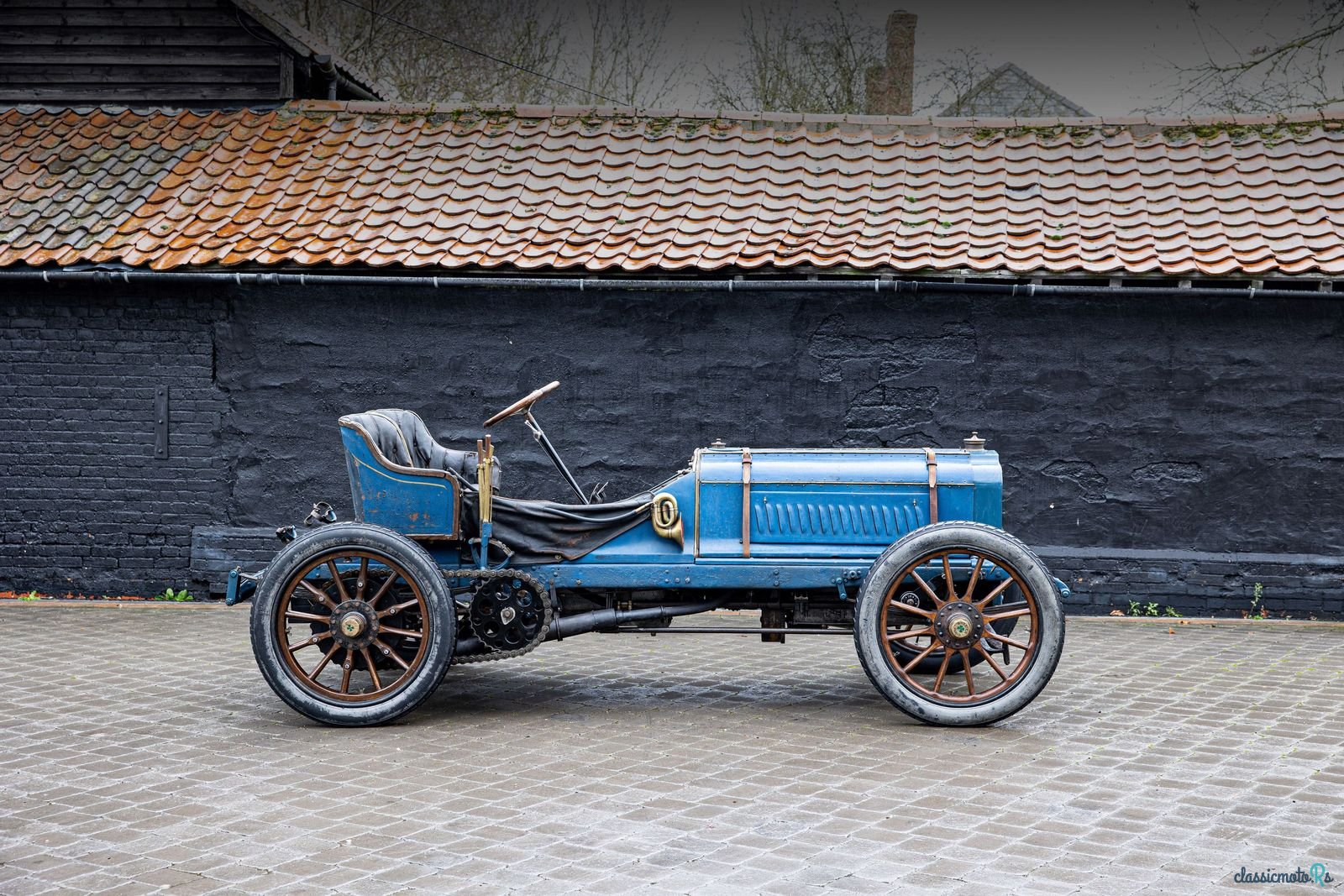
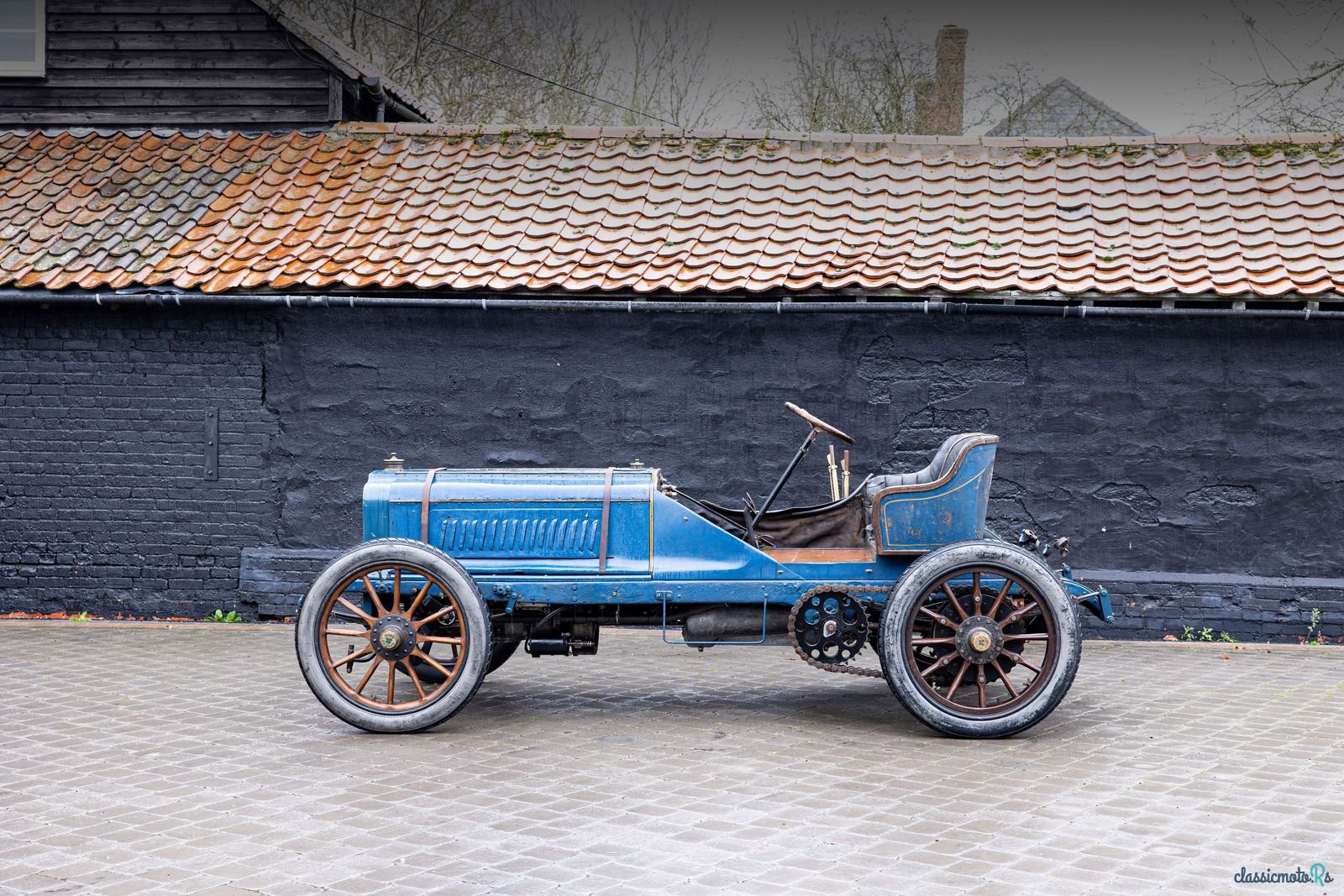
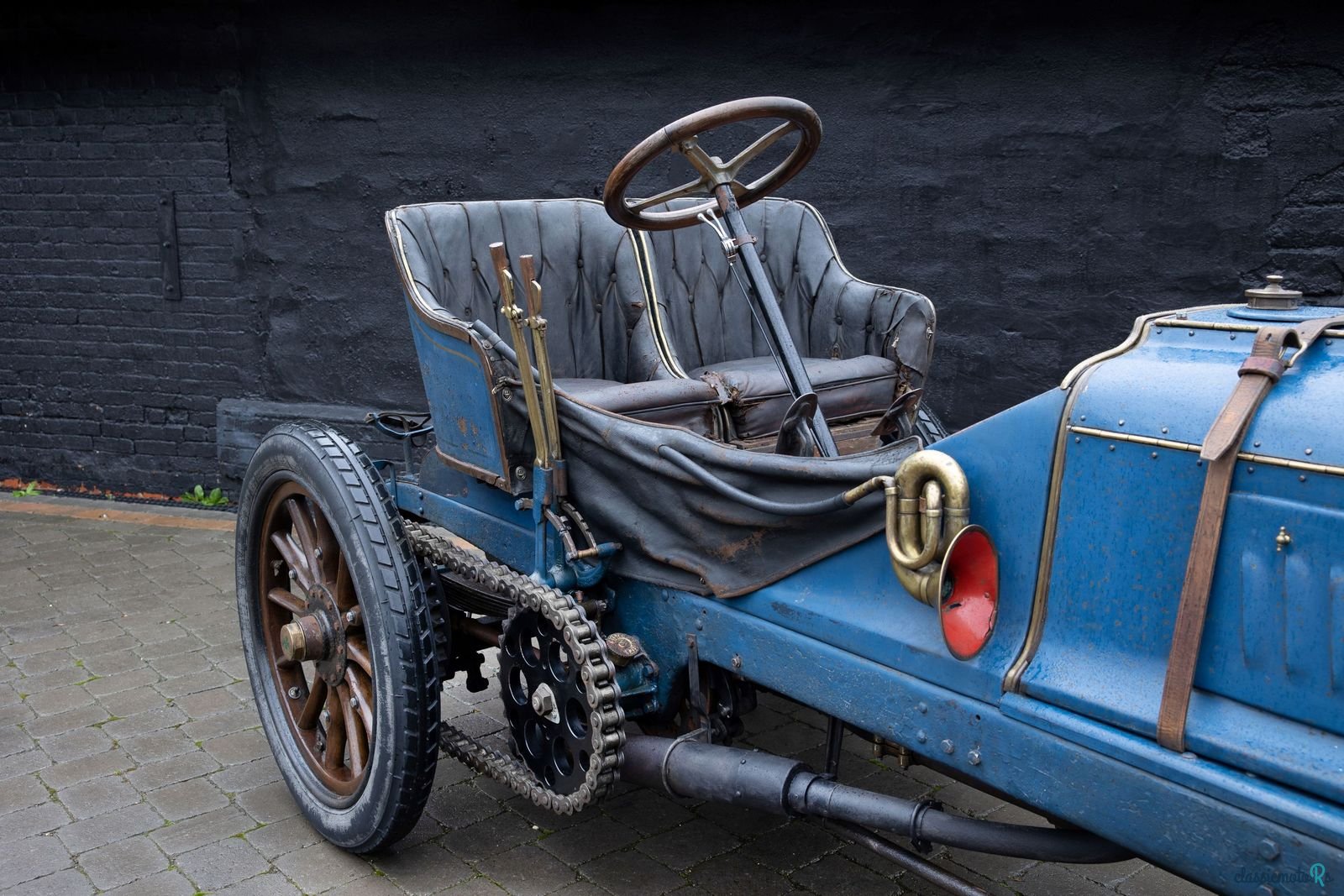
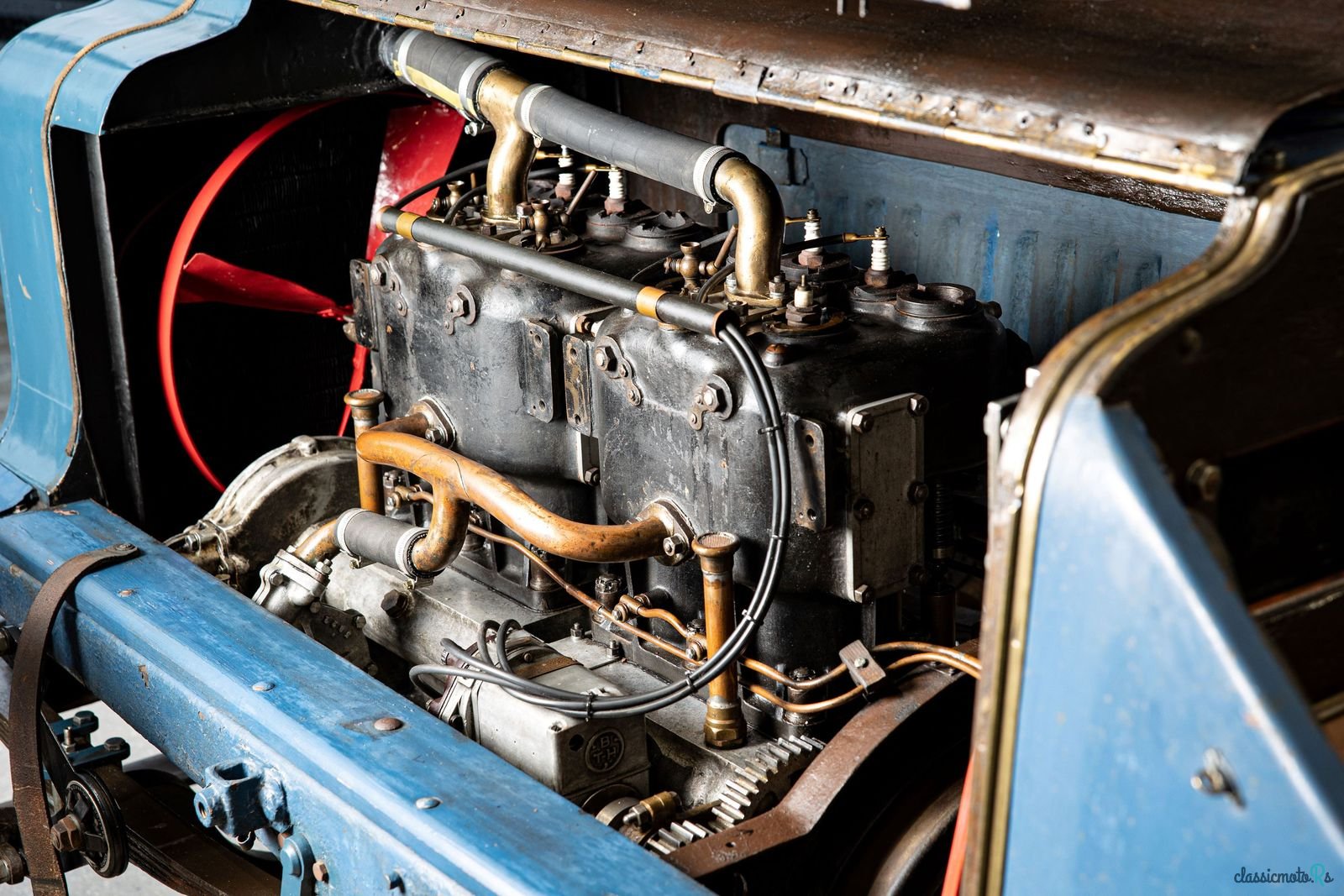
6 photos
1906' Brasier 25/36Hp
Report This Ad!Rate This!Bookmark This
NegotiablePublished 21 July 2023ID: ksXJ8A
Expired
2 years, 5 months ago
2 years, 5 months ago
Information from the owner
Age: 117 years
Exterior: Tonneau Cover
Seller's comments about 1906' Brasier 25/36Hp
The Brasier marque originated in 1901 when engineer Henri Brasier left Mors to join Georges Richard, who together with his brother Max had been building cars since the late 1890s at Ivry-Port, Seine, France. Previously called 'Georges Richard', the cars were renamed 'Richard-Brasier' for 1904 and plain 'Brasier' after 1905 following Georges Richard's departure. On his arrival Henri Brasier had instigated a new range of larger cars constructed along Panhard lines, consisting of four chain-driven models with two and four-cylinder engines ranging in power from 10 to 40hp. Pressed steel chassis frames were the norm by 1904, while chain drive survived on only the largest models, shaft drive having been adopted on the others.
It was in 1904 that Richard-Brasier gained the first of its two consecutive victories in the Gordon Bennett Cup. First run in 1900 in France, the latter took its name from founder James Gordon Bennett Jr, millionaire owner of the New York Herald newspaper and himself a keen sportsman. Contested by national teams, the races were hosted in the country of the previous year's winner until 1905, after which the Automobile Club de France organised the first motor racing Grand Prix at Le Mans. But prior to the coming of Grands Prix, the Gordon Bennett Cup was the most prized trophy of them all.
The 1903 race had been won by a German Mercedes, so the 1904 event was run in Germany around a circuit in the Taunus Mountains. Victory went to the 9. 9-litre 80hp Richard-Brasier of Léon Théry, who retained the Cup the following year at the Circuit d'Auvergne, Clermont-Ferrand driving an 11. 2-litre 90hp car. This was, arguably, the high point of Brasier's fortunes, for the company went into decline after The Great War.
The car offered here is an example of the 25/ 36HP this was a new model for 1906 being fitted with an L Head side valve engine design, instead of the previous T Head system, designed to give improved breathing. Aside from this the Brasier followed the previous pattern of powerful Brasier cars, having twin-chain drive, a pressed steel chassis, sliding pinion type 4-speed gearbox with quadrant gear change. The 24/ 36HP Brasier had a capacity of 5. 3-litres and was a high quality car of impressive performance, as one would expect from a firm with the competition pedigree of Brasier.
Chassis number 76 as offered here has been in its current form it is thought since at least the 1960s when it was acquired by a museum/ scrapyard run by Mr Berthe in Aire de Lys-Chantilly, some 30 miles north of Paris. It is thought that originally it was fitted with a quite sporting side entrance tonneau body, indeed the seats currently fitted may well be the original front seats from this body. However at some point it was decided to alter this car to make it look like Thery’s 1904 Gordon Bennett Winner. To this end the pedals, bulkhead and steering gear were moved back the bonnet extended, a wider rear axle fitted and the rear suspension converted from ¾ elliptic to semi elliptic to give the car the proportions and look of the Gordon Bennett winner, which it achieves quite accurately to our eyes.
The car remained in this museum in this form for some years, certainly it was there when motoring historian David Burgess Wise visited in the 1970s, as confirmed by a letter on file. At some point circa 25 years ago the car was acquired by the Musée Automobile de Provence at Orgon, south of Avignon, where it would reside until purchased by the immediately preceding owner a great fan of French sporting cars in 2011.
He embarked on a programme of gentle re-commissioning of the car, any mechanical work required being carried out by respected restorer Jim Duncan, whilst at the same time great care was taken to maintain the vehicles charming patina of age. Work carried out during this time includes- the fitting of new pistons, con-rods and camshaft, the gearbox was fitted with all new bearings, for ease of use a starter-motor, battery isolator and electric fuel pump were fitted. More recently famed Bugatti specialist Ivan Dutton carried out work to the timing gears and cover. Following this work the Brasier was used in a couple of local hillclimbs and for road use.
During his ownership the car was officially dated by the Veteran Car Club of Great Britain as 1906 and issued with a Vehicle Identification and Eligibility Certificate (number 4079/ 2019) this along with the accompanying highly detailed report is offered with the car.
Purchased via ourselves by the current owner, whilst in his hands the car has been used extensively on the road in the UK and France and is in his words “a fantastic car, with great road presence”. The Brasier has also been used for Vintage Montlhery, VSCC Prescott hillclimb and many other events, at which this car has always attracted much positive comment. The Brasier has also benefitted from a new clutch in 2022, a second set of drive sprockets being made- so it now has race and touring ratios and the acquisition of a spare wooden wheel.
This Brasier is a powerful and capable veteran car, manufactured by one of the leading sporting marques of the period. It would make an ideal entrant in the pioneer class of events such as the Flying Scotsman or the Paris Peking, for pre-First World War era races and hillclimbs or just a capable veteran road car harking back to the heroic days of motoring.
It was in 1904 that Richard-Brasier gained the first of its two consecutive victories in the Gordon Bennett Cup. First run in 1900 in France, the latter took its name from founder James Gordon Bennett Jr, millionaire owner of the New York Herald newspaper and himself a keen sportsman. Contested by national teams, the races were hosted in the country of the previous year's winner until 1905, after which the Automobile Club de France organised the first motor racing Grand Prix at Le Mans. But prior to the coming of Grands Prix, the Gordon Bennett Cup was the most prized trophy of them all.
The 1903 race had been won by a German Mercedes, so the 1904 event was run in Germany around a circuit in the Taunus Mountains. Victory went to the 9. 9-litre 80hp Richard-Brasier of Léon Théry, who retained the Cup the following year at the Circuit d'Auvergne, Clermont-Ferrand driving an 11. 2-litre 90hp car. This was, arguably, the high point of Brasier's fortunes, for the company went into decline after The Great War.
The car offered here is an example of the 25/ 36HP this was a new model for 1906 being fitted with an L Head side valve engine design, instead of the previous T Head system, designed to give improved breathing. Aside from this the Brasier followed the previous pattern of powerful Brasier cars, having twin-chain drive, a pressed steel chassis, sliding pinion type 4-speed gearbox with quadrant gear change. The 24/ 36HP Brasier had a capacity of 5. 3-litres and was a high quality car of impressive performance, as one would expect from a firm with the competition pedigree of Brasier.
Chassis number 76 as offered here has been in its current form it is thought since at least the 1960s when it was acquired by a museum/ scrapyard run by Mr Berthe in Aire de Lys-Chantilly, some 30 miles north of Paris. It is thought that originally it was fitted with a quite sporting side entrance tonneau body, indeed the seats currently fitted may well be the original front seats from this body. However at some point it was decided to alter this car to make it look like Thery’s 1904 Gordon Bennett Winner. To this end the pedals, bulkhead and steering gear were moved back the bonnet extended, a wider rear axle fitted and the rear suspension converted from ¾ elliptic to semi elliptic to give the car the proportions and look of the Gordon Bennett winner, which it achieves quite accurately to our eyes.
The car remained in this museum in this form for some years, certainly it was there when motoring historian David Burgess Wise visited in the 1970s, as confirmed by a letter on file. At some point circa 25 years ago the car was acquired by the Musée Automobile de Provence at Orgon, south of Avignon, where it would reside until purchased by the immediately preceding owner a great fan of French sporting cars in 2011.
He embarked on a programme of gentle re-commissioning of the car, any mechanical work required being carried out by respected restorer Jim Duncan, whilst at the same time great care was taken to maintain the vehicles charming patina of age. Work carried out during this time includes- the fitting of new pistons, con-rods and camshaft, the gearbox was fitted with all new bearings, for ease of use a starter-motor, battery isolator and electric fuel pump were fitted. More recently famed Bugatti specialist Ivan Dutton carried out work to the timing gears and cover. Following this work the Brasier was used in a couple of local hillclimbs and for road use.
During his ownership the car was officially dated by the Veteran Car Club of Great Britain as 1906 and issued with a Vehicle Identification and Eligibility Certificate (number 4079/ 2019) this along with the accompanying highly detailed report is offered with the car.
Purchased via ourselves by the current owner, whilst in his hands the car has been used extensively on the road in the UK and France and is in his words “a fantastic car, with great road presence”. The Brasier has also been used for Vintage Montlhery, VSCC Prescott hillclimb and many other events, at which this car has always attracted much positive comment. The Brasier has also benefitted from a new clutch in 2022, a second set of drive sprockets being made- so it now has race and touring ratios and the acquisition of a spare wooden wheel.
This Brasier is a powerful and capable veteran car, manufactured by one of the leading sporting marques of the period. It would make an ideal entrant in the pioneer class of events such as the Flying Scotsman or the Paris Peking, for pre-First World War era races and hillclimbs or just a capable veteran road car harking back to the heroic days of motoring.



